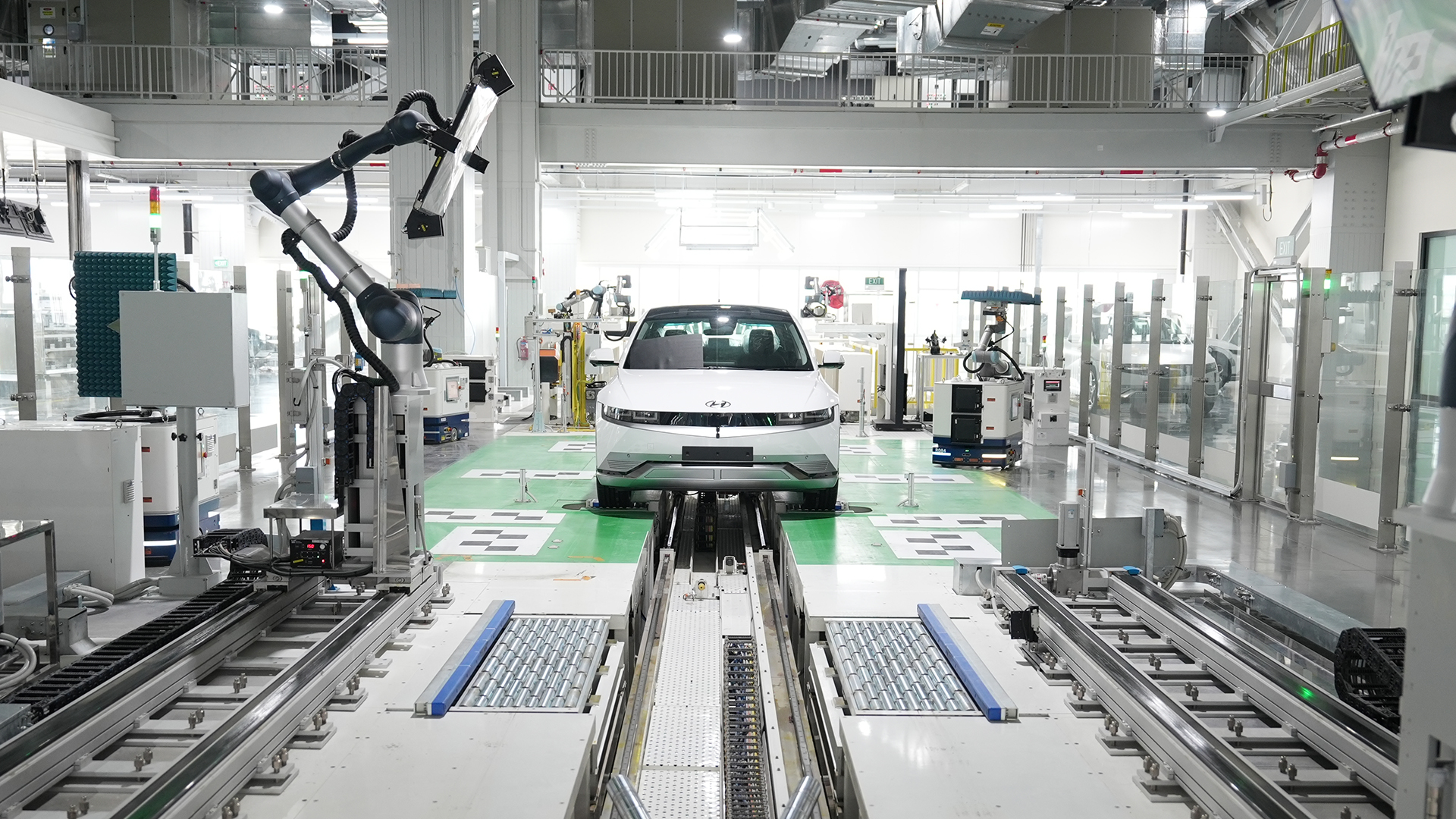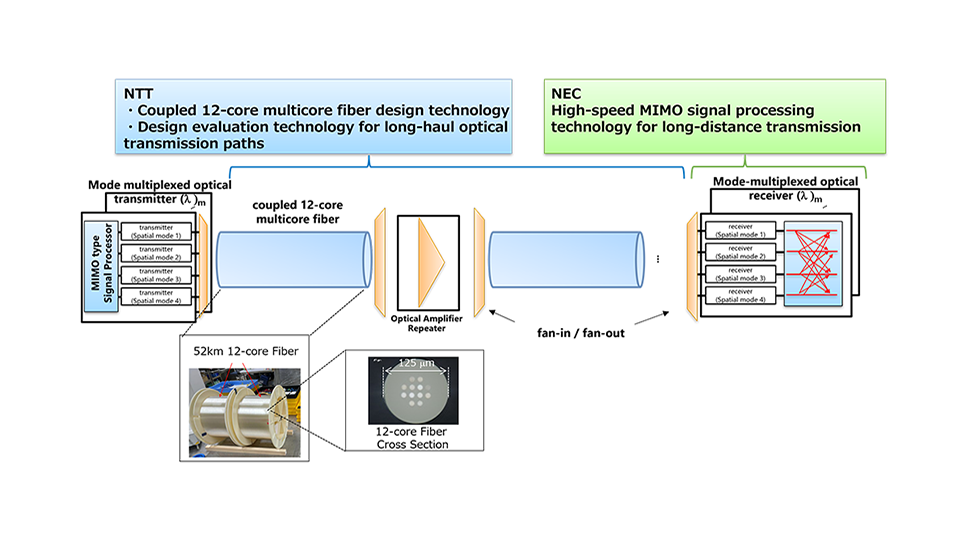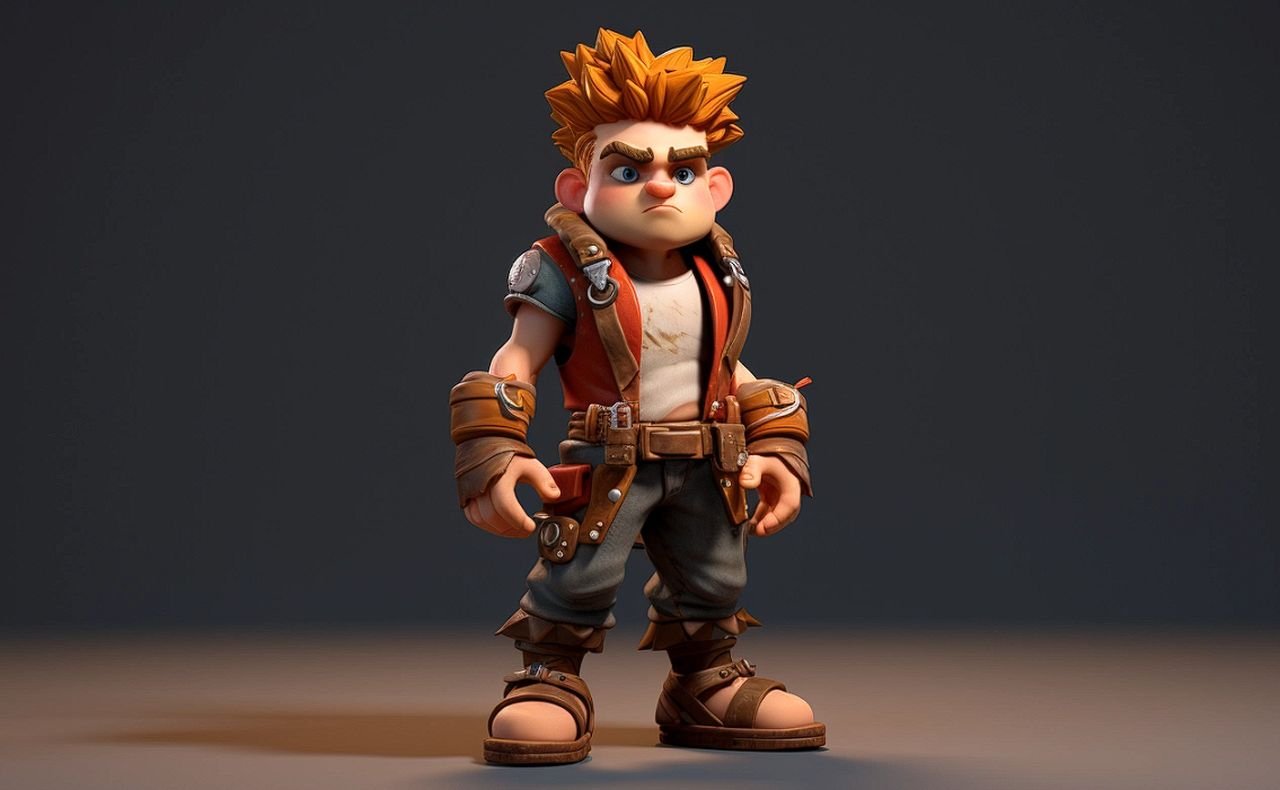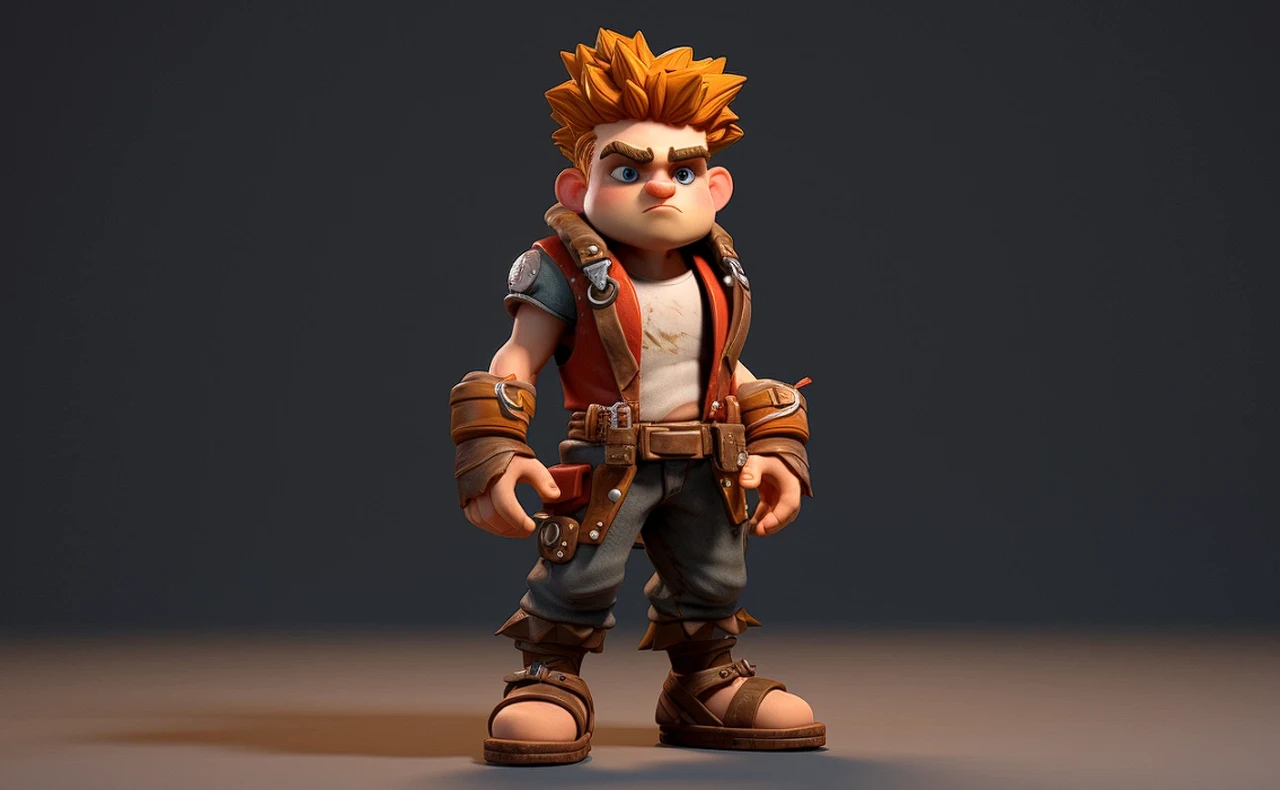[ad_1]
El proverbio “No volver nunca más a casa” habla de indiferencia ante el paso del tiempo. Claro, puedes regresar a tu ciudad natal en cualquier momento, pero “tú” y “hogar” nunca volverán a ser los mismos. Este es el dilema al que se enfrenta el héroe transgénero en el drama independiente cerca de tiDirigida y producida por Elliot Page (Academia paraguasDespués de años de lucha personal, Sam finalmente se encuentra bien consigo mismo. Pero, ¿qué sucede cuando este hombre regresa a un hogar (y a una familia) que tal vez no comprendan?
fue hecho todavía La página salió como transgénero en 2020, Esta película conmovedora y personal aborda explícitamente cuestiones de aceptación transgénero y definición de familia, pero no con éxito.
Qué es cerca de ti ¿en?

Copyright: Proporcionado por Greenwich Entertainment
El actor canadiense Elliot Page interpreta a Sam, un hombre trans que viaja a su ciudad natal de Cobourg, Canadá, para visitar a su familia por primera vez desde la transición. Dirigida por Dominic Savage, cerca de ti La historia comienza con una narración visual simple: Sam alquila una casa en Toronto, donde camina cómodamente sin camisa, con sus cicatrices quirúrgicas visibles casualmente en la parte superior de su cabeza. Mientras prepara el desayuno, se le une su compañero de casa, quien le ofrece apoyo pero sugiere que tal vez Sam no necesite ponerse bajo el microscopio de su familia sólo porque es el cumpleaños de su padre.
A pesar de su desgana, Sam irá. La mayor parte del drama tendrá lugar en la casa de su infancia, entre sus padres, hermanos y sus parejas. Sin embargo, estos eventos familiares se intercalan con partes de una reunión romántica entre Sam y su compañera de secundaria favorita, Katherine (Hilary Buck). Lo que comienza como una conversación entusiasta en un tren se convierte en viajes largos y conversaciones intensas sobre lo que fue y lo que podría ser.
cerca de ti Asume un riesgo enorme que no da resultados.

Copyright: Proporcionado por Greenwich Entertainment
Aunque Savage y Page fueron acreditados como guionistas de la película, la producción consistió en gran medida en diálogos improvisados, incluidos tiro de 53 minutos Esto se redujo considerablemente en el montaje final. Aunque es un enfoque audaz, es el mayor obstáculo de la película. La lamentable falta de estructura hace que una escena se traslade a otra sin ninguna motivación. Y las salidas de Sam con Katherine parecen tan desconectadas del resto de la película que empiezo a preguntarme si son un vuelo de fantasía. ¿Estaba Sam bajo tanta presión por la tensa dinámica familiar en casa que imaginó un lugar seguro con la chica de sus sueños sonriéndole cálidamente? ¿O los paseos por la playa eran simplemente clichés sentimentales honestos?
Una estructura narrativa sólida no sería un problema entonces. cerca de ti La película es un drama de la vida cotidiana. Pero la película también se siente débil aquí, en parte porque el diálogo, gran parte del cual es improvisado, carece de especificidad. Hay muchos diálogos naturalistas y poco convincentes entre grupos de personajes, lo que hace poco para distinguirlos entre sí. Sam tiene dos hermanas (Janet Porter y Alex Paxton Paisley), que se definen principalmente por los hombres con los que sale. Uno de ellos tiene un novio amigable que está sonriendo y emocionado de conocer a Sam. La otra hermana hace alarde de su intolerante prometido transexual (David Ryall), del tipo que insiste en que solo hace preguntas y trata de seguir “las reglas” mientras hace que todos los demás se sientan incómodos.
Noticias destacadas sobre Mashable
Dado que las hermanas parecen existir principalmente para proporcionar posiciones de oposición hacia Sam, uno podría preguntarse por qué son necesarias. ¿No pueden las hermanas ser oponentes, a diferencia de los amigos varones? ¿No socava esto la importancia de que alguien fuera de la familia dé voz a los trillados temas de conversación transfóbicos? De hecho, el grupo de parentesco parece estar mal definido y parte de él es completamente innecesario.
Aún más decepcionante es que la puesta en escena de Savage de presentar a la familia se realiza en un plano general oscuro y descuidado. Por tanto, es difícil distinguir quién es quién. Más tarde, cuando uno de ese equipo (Daniel Maslany) le abre su corazón al héroe de la película, podría haber sido un momento conmovedor, ¡si tan solo tuviera idea de quién era en su relación con Sam! Es como si Savage supusiera que estas abstracciones de personajes serían suficientes, tal vez confiando en que la audiencia vincule a sus propios familiares a los roles, para bien o para mal. Pero con una cinematografía que se centra poco en primeros planos de nadie excepto de Paige, es difícil ver, y mucho menos comunicarse, con la mayoría del grupo.
cerca de ti Proporciona un drama serio pero inmerecido.

Copyright: Proporcionado por Greenwich Entertainment
Incluso Sam puede ser un enigma. En su voz, expresa su deseo de que los miembros de su familia lo vean como todo lo que es, no solo como una persona transgénero. Sin embargo, su identidad transgénero es el elemento del personaje más comentado en Cerca de ti. Aparte de una rápida introducción, no vemos mucho de su vida en Toronto. El diálogo ambiguo hace que hablar sobre su vida romántica y su comunidad allí sea muy misterioso. Cuando se le preguntó sobre su trabajo, incluso repetidamente, solo dijo que le encantaba, sin decir nunca qué era ni por qué lo disfrutaba. Es menos que una charla ordinaria. Lo que hace nunca se revela, ni ninguno de sus otros amigos, por lo que se pierde otra oportunidad de aprender sobre Sam más allá de su identidad transgénero y la lucha de su familia.
La historia de amor de Sam con Katherine realza la fuerza del personaje, mostrando un lado de él en el que no necesita tener cuidado ni explicar constantemente su derecho a existir. Estas escenas parecen estar destinadas a mostrar Antes de medianoche Pero nuevamente, el diálogo improvisado hace que las cosas sean ambiguas, aunque dulces y sentimentales. Aunque Page y Puck comparten una cálida química, no es tan buena como para que parezca probable la posibilidad de un romance desbocado en el tercer acto de la novela, especialmente en medio de tanto diálogo naturalista que sugiere que solo hay opciones realistas sobre la mesa.
Las mejores escenas de esta película son las entre Sam y sus padres. En una escena en la cocina, su madre (Wendy Crewson), que intenta desesperadamente mostrar su apoyo, torpemente le ofrece dinero mientras le pide que le ayude a cocinar. Hay detalles específicos, donde ella le da la bienvenida a su espacio y trata de comunicarse con él como lo hacen muchos padres. Más tarde, su padre (Peter Outerbridge) reflexiona sobre cuando Sam se fue de casa y detalla los temores que enfrentó de no poder comunicarse con su hijo. Aquí nuevamente, los detalles pintan la imagen de estas personas, su relación y los peligros que enfrentan Sam y su familia.
Durante la mayor parte de la película, cerca de ti La película nos mantiene a distancia. Quizás su experiencia con la improvisación tuvo grandes intenciones en términos de búsqueda de autenticidad. Sin embargo, este método finalmente no logra construir una narrativa exitosa y atractiva o personajes completos. El viaje de Sam se basa principalmente en la actuación de Page, que tiene un ojo agudo y un gran corazón. Sin embargo, mientras Sam pasa de un encuentro romántico a una agotadora discusión en el comedor y viceversa, es difícil conectarse con el flujo de la película, especialmente con tanto diálogo estancado. A pesar de las buenas intenciones, cerca de ti Tiene objetivos nobles, pero su implementación es inconsistente.
cerca de ti La película se estrena en cines el 16 de agosto.
Actualizado: 14 de agosto de 2024, 2:14 p. m. EST Esta reseña se publicó por primera vez el 16 de septiembre de 2023, luego del estreno mundial de la película en el Festival Internacional de Cine de Toronto de 2023.
[ad_2]
Source Article Link






















